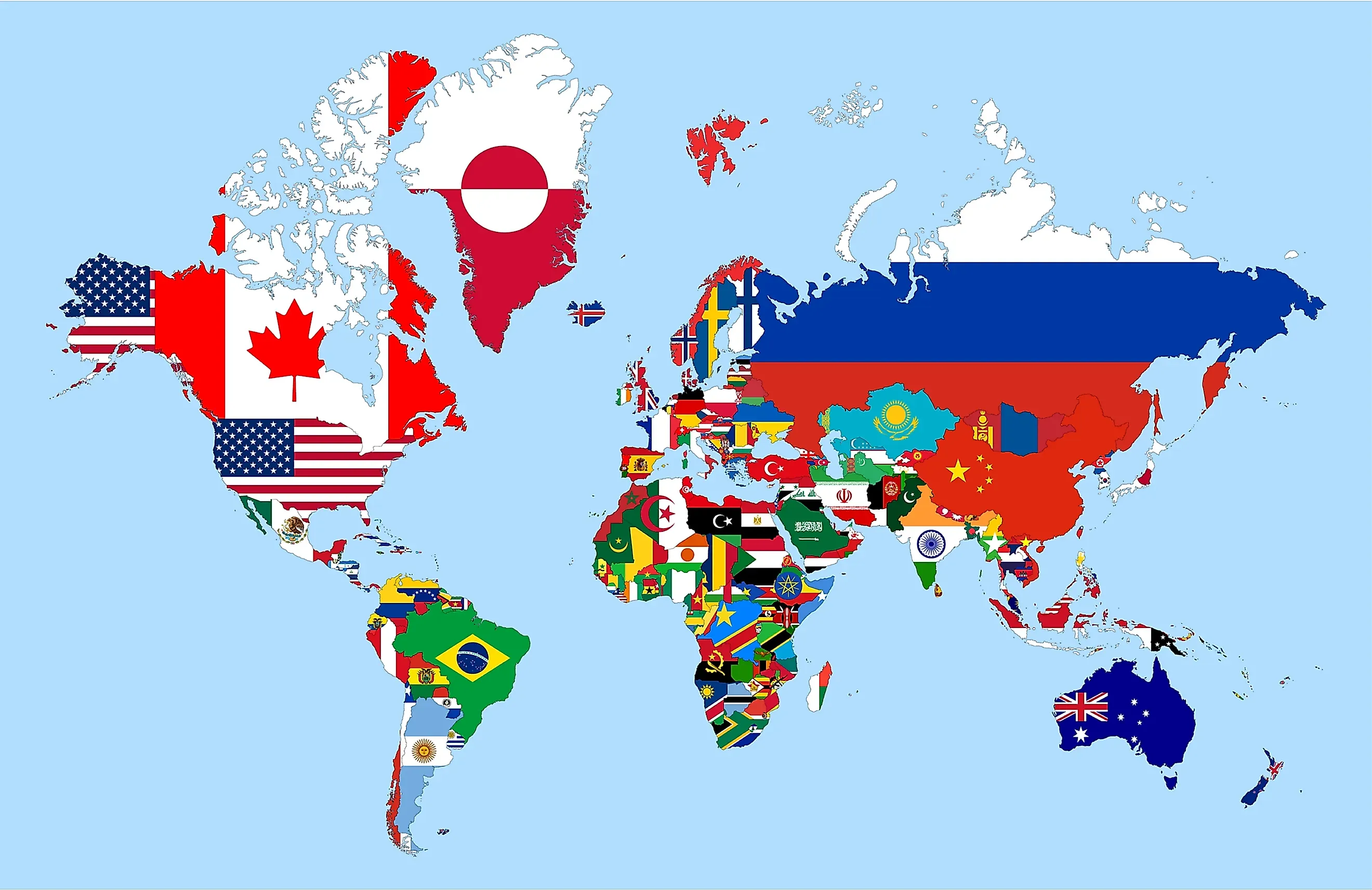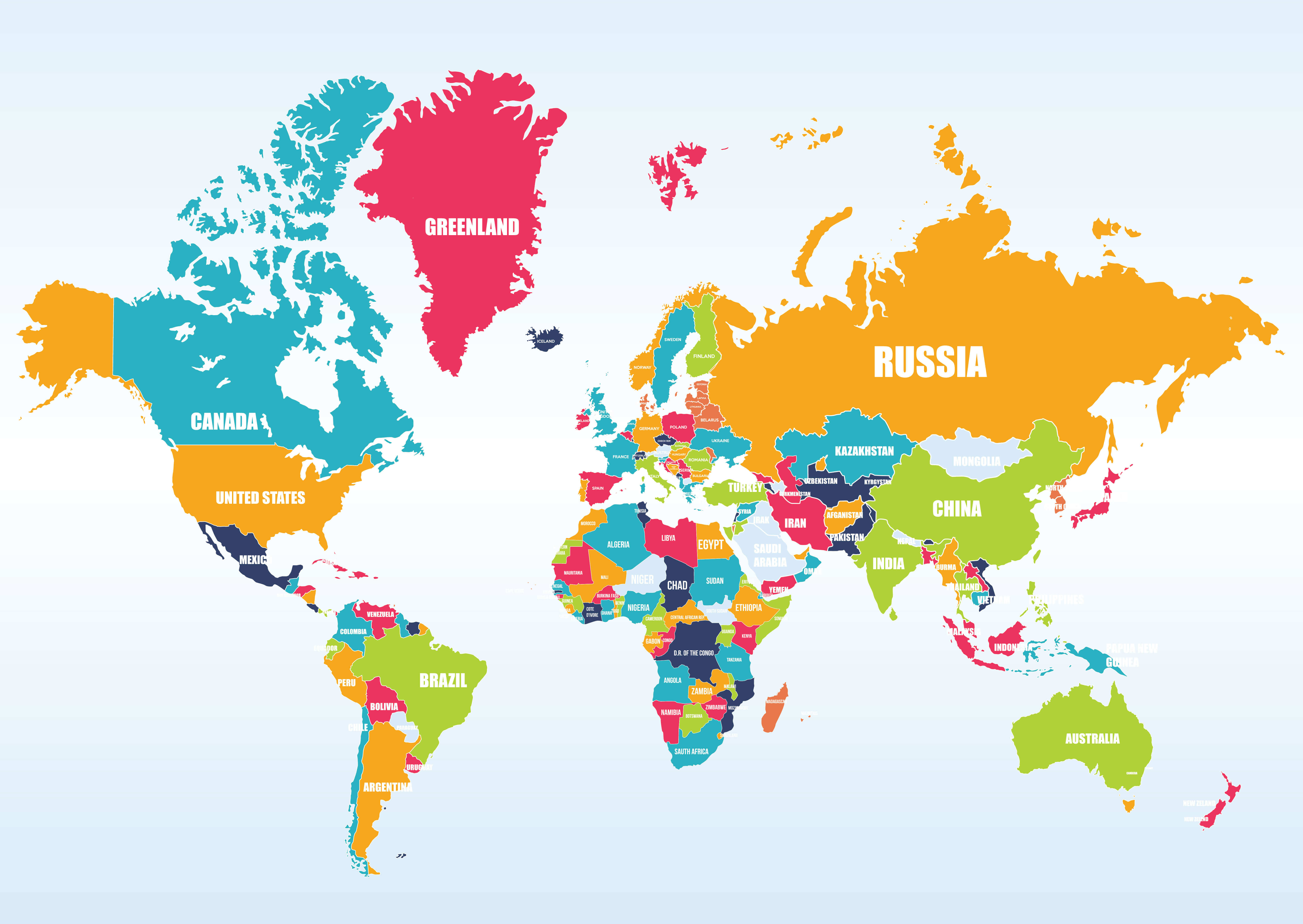You know, sometimes, certain pieces of information, like how some financial strategies really do help your money grow more than others, aren't always the first thing you hear about. It's kind of like that when we think about the global spread of languages, too. Most people readily picture Spanish thriving across Latin America and, of course, in Spain itself. But what about Africa? It's a vast continent, full of diverse cultures and many, many tongues. You might be a bit surprised to learn that Spanish holds a special place in at least one African nation, and even has a historical echo in others.
This linguistic connection is a fascinating part of world history, showcasing the lasting impact of colonial periods and the way languages adapt and blend over time. It's not just about a language being spoken; it's about the unique cultural tapestry that develops when a European language meets the rich, ancient traditions of Africa. We're going to look closely at this interesting part of the world, exploring where Spanish is heard and why.
So, if you've ever wondered about the reach of the Spanish language, or perhaps you're just curious about different African cultures, this is for you. We'll unpack the history, the current situation, and some of the cool cultural elements that come with having Spanish as a significant language on the African continent. It's a story that’s really quite compelling, honestly, and one that often goes untold.
Table of Contents
- Equatorial Guinea: Africa's Spanish Heartland
- Beyond the Official: Other African Spanish Connections
- Why This Matters: Cultural Links and Future Paths
- Frequently Asked Questions About Spanish in Africa
Equatorial Guinea: Africa's Spanish Heartland
When we talk about **countries that speak Spanish in Africa**, there's really one sovereign nation that stands out as the primary example: Equatorial Guinea. This small but vibrant country is located on the west coast of Central Africa, and it holds the unique distinction of being the only independent African nation where Spanish is an official language. It's a pretty remarkable fact, you know, when you think about it.
The country's full name, "Equatorial Guinea," even hints at its geographical position, being close to the equator. It's a place of incredible biodiversity, with lush rainforests and coastal areas. The capital city, Malabo, is actually located on Bioko Island, which is a volcanic island off the mainland. The mainland portion is called Río Muni, and it too is a very interesting place.
Spanish isn't just an official language there; it's deeply woven into the fabric of daily life, education, and government. You'll hear it spoken in homes, on the streets, and in schools, often alongside various indigenous languages. This blending of tongues makes for a truly distinctive linguistic atmosphere, honestly.
A Brief Look Back: How Spanish Arrived
The story of how Spanish came to Equatorial Guinea is, like many such tales, rooted in the age of European exploration and colonialism. Spain's presence in this part of Africa dates back to the late 18th century, though their influence truly solidified much later. The Treaty of El Pardo in 1778 saw Portugal cede territories, including Bioko Island (then called Fernando Po) and some mainland areas, to Spain. This was a significant moment, you see.
However, Spain's actual control and development of these territories were slow to start. It wasn't until the late 19th and early 20th centuries that Spain began to administer the region more directly, establishing plantations and setting up administrative structures. During this period, Spanish became the language of administration, education, and commerce. This meant, of course, that local people began to learn and use it, especially those involved in the new colonial systems.
The Spanish colonial period lasted until 1968, when Equatorial Guinea gained its independence. Despite the end of colonial rule, Spanish remained a vital part of the nation's identity and communication. It was, and still is, a common language that helps bring together the country's many different ethnic groups and their respective native languages, which is quite useful, really.
Language and Life Today
Today, Spanish continues to play a central role in Equatorial Guinea. It's used in government proceedings, in the courts, and in all levels of the education system. Most official documents and media broadcasts are in Spanish. This means that for many citizens, especially younger generations, Spanish is their primary language for formal communication and learning. It's very much a living language there.
However, it's important to remember that Spanish exists alongside several indigenous languages, which are also widely spoken. These include Fang, Bubi, Benga, Ndowe, Annobonese, and Kombe, among others. Many Equatorial Guineans are bilingual or even multilingual, switching between Spanish and their ethnic language with ease. This linguistic diversity is a real strength, actually, and it's something the people there are quite proud of.
The blend of Spanish with these local languages has also led to unique linguistic variations and cultural expressions. You might hear Spanish spoken with a distinct accent or with words borrowed from local tongues, making it uniquely Equatorial Guinean. It's a fascinating example of how languages evolve and adapt in new environments, you know, sort of like how financial markets change over time, requiring different approaches to investment.
Beyond the Official: Other African Spanish Connections
While Equatorial Guinea is the only independent nation where Spanish is an official language, its influence stretches a bit further across the African continent. These other connections are more historical or regional, but they still represent a part of the story of **countries that speak Spanish in Africa**, even if not in an official capacity today. It's worth exploring these areas, too, just to get the full picture.
These regions typically saw Spanish presence during colonial times but did not retain Spanish as a national language after independence, or their political status remains complex. Yet, you can still find traces of the language and culture if you look closely. It's almost like finding hidden gems, in a way, if you're interested in linguistic history.
Western Sahara: A Complex Story
The Western Sahara is a territory on the northwest coast of Africa whose political status is currently disputed. It was formerly a Spanish colony known as Spanish Sahara. Spain withdrew in 1975, leading to ongoing conflict and claims over the territory, primarily between Morocco and the Sahrawi Arab Democratic Republic (SADR). This situation is, to say the least, very complicated.
During the Spanish colonial period, Spanish was, naturally, the administrative language and was taught in schools. As a result, many older Sahrawis and those who lived under Spanish rule still speak Spanish. It remains a language of communication for some, particularly within the Sahrawi diaspora and in the refugee camps in Algeria, where Spanish is used alongside Hassaniya Arabic. So, in some respects, it's still present.
While Spanish is not an official language of any recognized state in Western Sahara, its historical legacy means it's still heard and understood by a significant portion of the population, particularly those who remember the colonial era. It serves as a link to their past and, for some, a connection to the outside world, which is pretty interesting, honestly.
Northern Morocco: Lingering Echoes
Morocco, a country in North Africa, also has a historical connection to Spain, particularly its northern regions. Parts of northern Morocco, including the cities of Tetouan and Nador, were once part of the Spanish Protectorate in Morocco from 1912 to 1956. This period, though relatively short compared to some other colonial ventures, left a noticeable linguistic mark. You can still see it, even today.
During the protectorate, Spanish was used in administration, education, and public life. While Arabic is the official language of Morocco and French is also widely spoken due to a larger French protectorate over the rest of the country, Spanish still holds a place in the northern areas. Many older residents, particularly those who lived through the protectorate era, can speak Spanish. It's not uncommon to find Spanish spoken in certain markets or among families in cities like Tetouan and Tangier.
Furthermore, due to Morocco's close geographical proximity to Spain, and the large number of Moroccans who have lived or worked in Spain, there's an ongoing cultural and linguistic exchange. Spanish television and radio are accessible, and Spanish is often learned for economic or social reasons, especially by those involved in tourism or trade with Spain. It's a very practical language for many there, you know.
Why This Matters: Cultural Links and Future Paths
The presence of Spanish in Africa, particularly in Equatorial Guinea, is more than just a historical footnote. It represents a unique cultural fusion and a bridge between continents. For Equatorial Guinea, Spanish provides a common tongue that helps unify a nation rich in ethnic and linguistic diversity. It also connects them to a broader global community of Spanish speakers, which is quite a big deal, really.
This linguistic link fosters cultural exchange, allowing for the flow of ideas, literature, and art between African nations and the Spanish-speaking world. It opens doors for education, trade, and diplomacy. Students from Equatorial Guinea might pursue higher education in Spain, for example, or Spanish companies might invest in the country. It's a two-way street, in a way.
Looking ahead, the role of Spanish in these regions continues to evolve. In Equatorial Guinea, efforts are made to preserve and promote the language while also valuing the nation's indigenous tongues. In places like Northern Morocco and Western Sahara, the language remains a part of the historical memory and, for some, a living connection to their past. It's a testament to how languages, even those introduced through complex histories, can become integral parts of a people's identity. You can learn more about language diversity on our site, and link to this page here for more historical insights.
So, the next time you think about the Spanish language, remember its surprising presence in Africa. It's a reminder that history shapes our world in unexpected ways, creating fascinating linguistic landscapes that are worth exploring. It's a pretty cool thing to consider, honestly, and it adds another layer to our understanding of global connections. Just as finding the best superannuation fund for your needs requires understanding all the options, truly appreciating global languages means looking beyond the obvious ones.
Frequently Asked Questions About Spanish in Africa
People often have questions about this interesting topic. Here are some common ones that come up:
Is Equatorial Guinea the only Spanish-speaking country in Africa?
Yes, as of today, Equatorial Guinea is the only independent, sovereign nation in Africa where Spanish holds official language status. While there are historical connections and some speakers in other parts of Africa, particularly in Western Sahara and northern Morocco, Spanish is not an official language in any other country on the continent. It's a very unique position for them, you know.
How did Spanish become an official language in Africa?
Spanish became an official language in Equatorial Guinea due to its history as a Spanish colony. Spain maintained control over the territory, which included Bioko Island and Río Muni, from the late 18th century until its independence in 1968. During this colonial period, Spanish was established as the language of administration, education, and public life, and it remained so after the country gained its freedom. It's a direct result of that historical link, pretty much.
Are there other African countries with Spanish influence?
Yes, there are other regions in Africa that have historical Spanish influence, though Spanish is not an official language there now. The most notable examples are parts of Western Sahara, which was a Spanish colony, and northern Morocco, which was a Spanish protectorate. In these areas, older generations or specific communities may still speak Spanish due to historical ties or ongoing cultural and economic connections with Spain. It's a bit like a lingering echo of the past, really.



